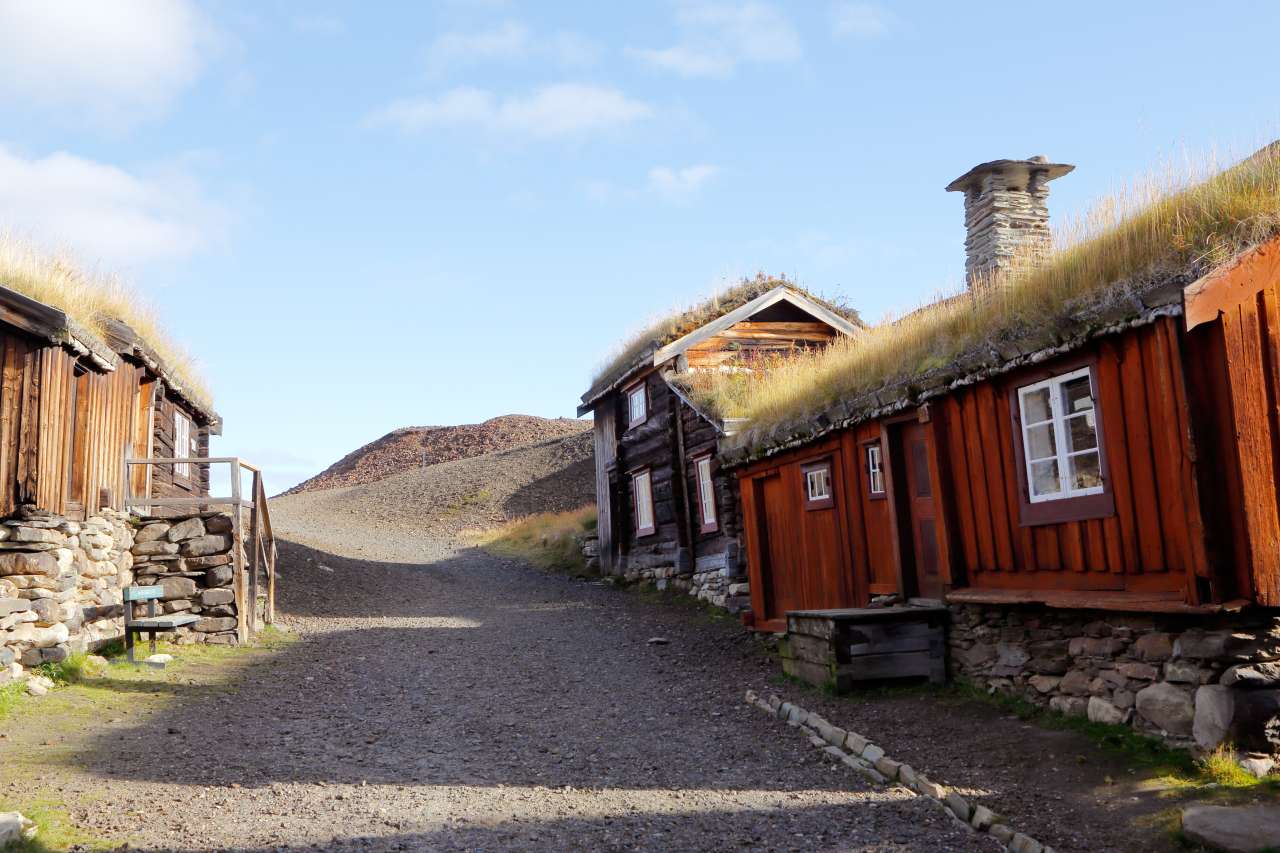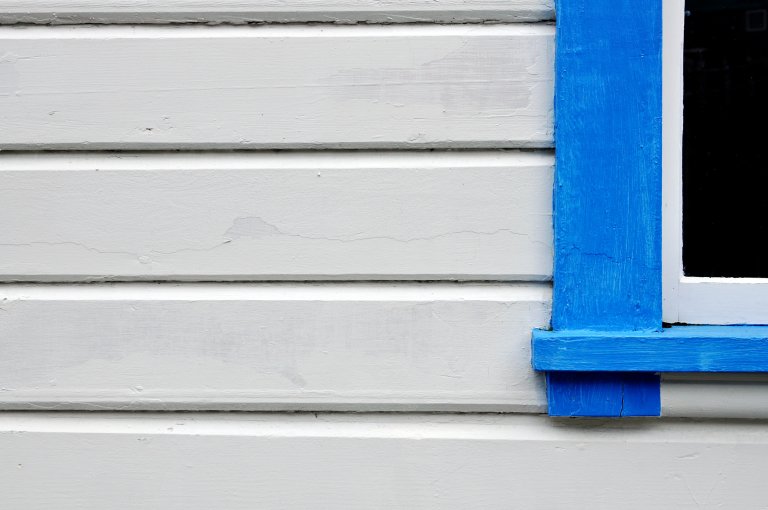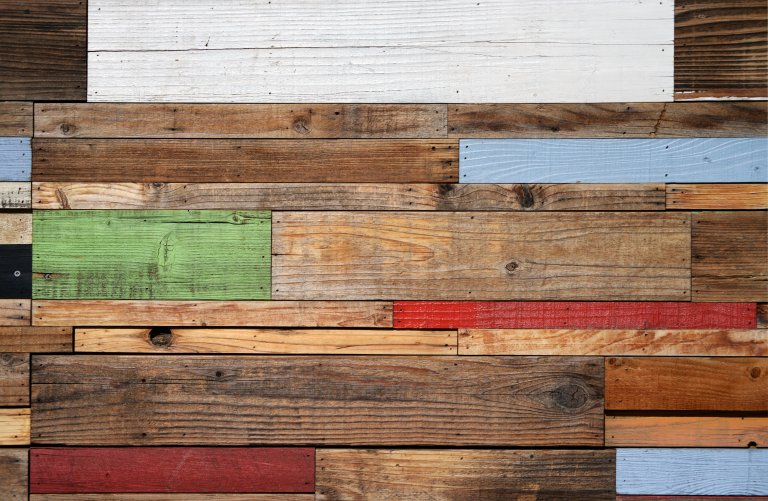Levetid til tre

Røros Foto: Adobe Stock
Trekonstruksjoner ute kan beskyttes på mange måter. Maling og beis er det mest vanlige, men andre metoder slik som modifsering er også mulig.
Økt levetid på treprodukter får vi ved å utnytte den naturlige holdbarheten til utvalgte treslag, ved å unngå feil i konstruksjonen av bygg og/eller ved å behandle trevirket med trebeskyttelse.
Uviklingen av nye metoder for trebeskyttelse omfatter testing og evaluering og kvalitetssikring.

KONTAKTPERSON

Lone Ross
Avdelingsleder/forskningssjef
-
Divisjon for skog og utmark
(+47) 911 97 268 lone.ross@nibio.no Kontorsted: Ås - Bygg H8

KONTAKTPERSON

Lone Ross
Avdelingsleder/forskningssjef
-
Divisjon for skog og utmark
(+47) 911 97 268 lone.ross@nibio.no Kontorsted: Ås - Bygg H8
Publikasjoner
Sammendrag
Understanding the service life of wood products used outdoors is essential for end-users to set realistic expectations regarding material performance. Furthermore, reliable service life data is critical for assessing building costs, environmental impact, and carbon storage potential. The report compiles existing knowledge on the service life of wood in outdoor constructions in Norway. The relevant applications included are wood used in ground contact, decking, and external cladding, and the data are derived from field trials conducted in Norway. The primary aim is to update the service life tables from a report published in 2014. Additionally, the report provides a brief introduction to the topic of wood protection. Many factors influence the service life of wood products, with temperature and moisture being the two most significant. The service life of wood in constructions primarily depends on the application, the natural durability of the material, any wood preservatives used, the presence of wood-degrading organisms, architecture, and craftsmanship. Poorly designed construction details can act as moisture traps, leading to early fungal damage. Therefore, it is important to address future climate challenges with well-informed solutions for optimal wood use. Secondarily, service life depends on thorough and repeated maintenance.
